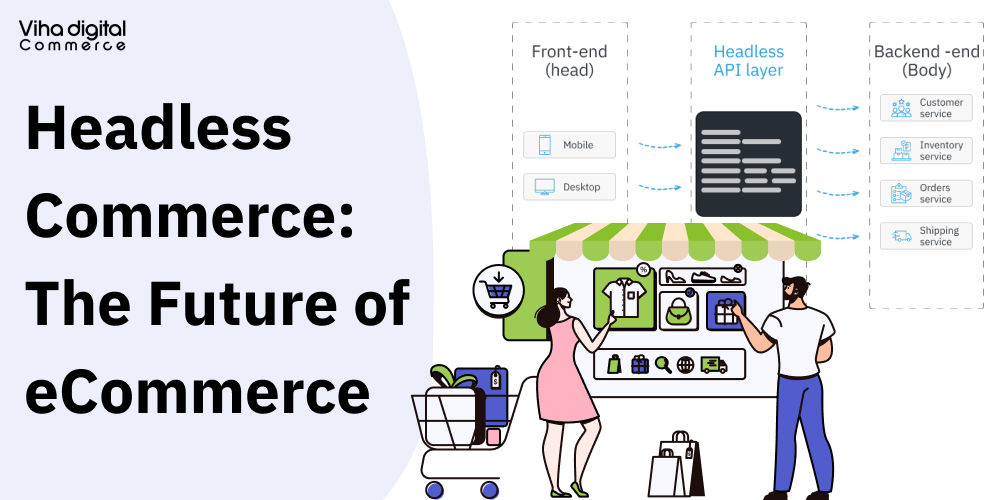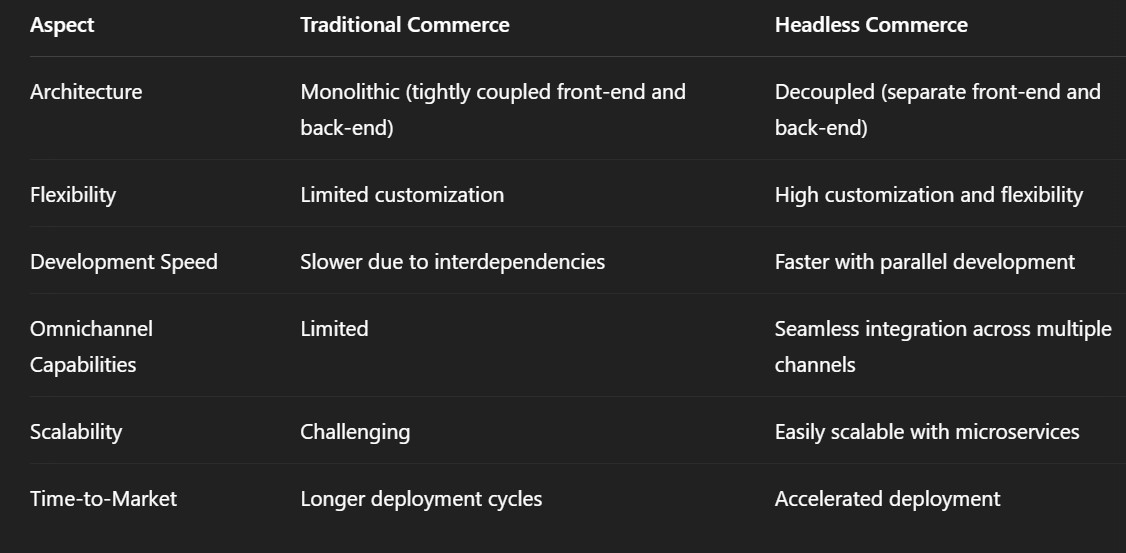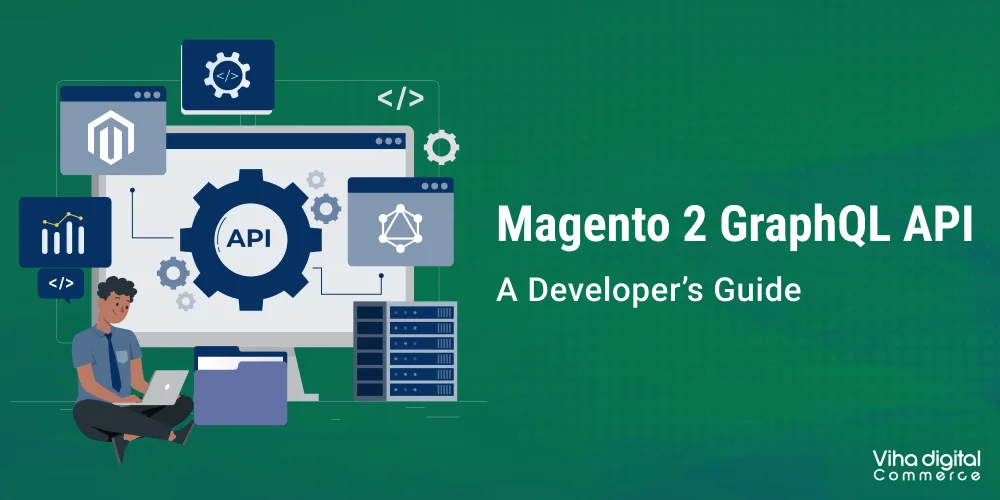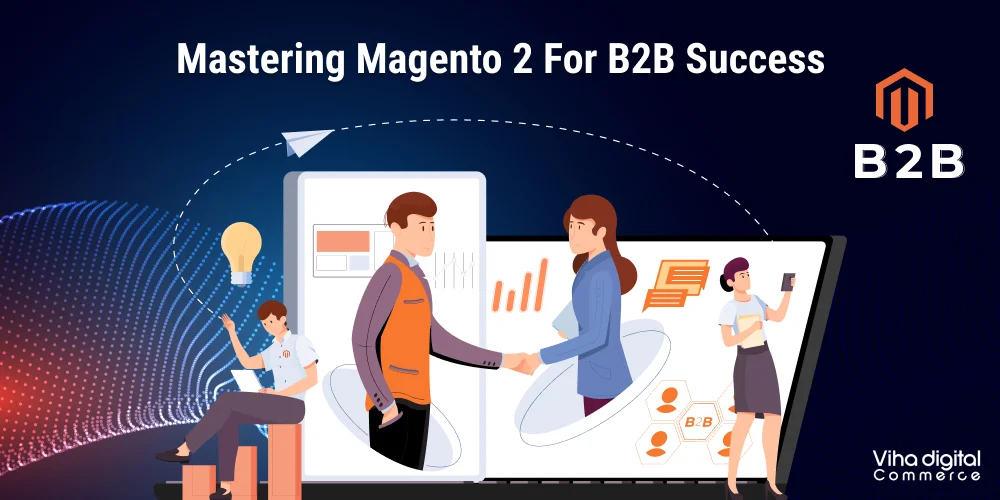
Headless Commerce: The Future of eCommerce
In the rapidly evolving digital landscape, businesses are continually seeking innovative ways to enhance customer experiences and streamline operations. One such innovation that has gained significant traction is headless commerce.
This architectural approach decouples the front-end presentation layer from the back-end commerce functionality, offering unparalleled flexibility and scalability. As consumer expectations shift towards seamless, personalized, and omnichannel experiences, headless commerce emerges as a compelling solution for modern retailers.
In this article, I will explain what is headless commerce is, why it matters, and how businesses can use it to create new opportunities in e-commerce.
What is Headless Commerce
Traditional eCommerce platforms are monolithic, meaning the front-end and back-end are tightly integrated. Any changes to the user interface often require corresponding adjustments in the back-end, leading to longer development cycles and limited flexibility.
In contrast, headless commerce separates these two layers. The front-end, or “head,” can be built using any technology and communicates with the back-end via APIs. This separation allows businesses to deliver consistent experiences across various channels—websites, mobile apps, social media platforms, and even IoT devices—without being constrained by the limitations of a single platform.
Key Benefits of Headless Commerce
- Enhanced Flexibility and Customization: Developers can create unique front-end experiences tailored to specific customer segments or devices without altering the back-end infrastructure.
- Faster Time-to-Market: Decoupling allows for parallel development of front-end and back-end components, accelerating the deployment of new features and updates.
- Omnichannel Readiness: Businesses can seamlessly integrate with multiple touchpoints, ensuring a consistent brand experience across all customer interactions.
- Improved Performance and Scalability: By leveraging modern front-end technologies and microservices architecture, headless commerce platforms can handle increased traffic and provide faster load times.
- Future-Proofing: As new technologies and channels emerge, headless commerce enables businesses to adapt quickly without overhauling their entire system.
As new technologies, like the Internet of Things and progressive web apps, continue to emerge, it’s important to know that headless commerce also allows you to easily integrate new user interfaces into your front-end ecosystem and also make changes to them independently of your back end.
All these benefits ultimately mean a faster time to market, a more agile business, and a future-ready e-commerce strategy.
Market Growth and Adoption Trends
The adoption of headless commerce is on an upward trajectory, driven by the need for agility and enhanced customer experiences.
According to a report by Grand View Research, the global headless commerce market was valued at $1.32 billion in 2020 and is projected to reach $13.08 billion by 2028, growing at a CAGR of 30.1% during the forecast period.
A survey by WP Engine revealed that 92% of businesses believe that headless technology helps in delivering a better customer experience.
Furthermore, 63% of retail companies plan to implement headless commerce by 2024, with 22% already using it, enhancing the e-commerce customer experience.
Comparison: Headless Commerce vs. Traditional Commerce

Challenges and Considerations
While headless commerce offers numerous advantages, it’s essential to consider potential challenges:
- Complex Implementation: Setting up a headless architecture requires technical expertise to manage multiple systems and ensure seamless integration.
- Higher Initial Investment: The need for custom development and integration can lead to increased upfront costs compared to traditional platforms.
- Ongoing Maintenance: Managing separate front-end and back-end systems may require dedicated resources for continuous monitoring and updates.
Conclusion
Headless commerce represents a paradigm shift in the e-commerce landscape, empowering businesses to deliver personalized, agile, and omnichannel experiences. As consumer expectations continue to evolve, adopting a headless architecture can provide the flexibility and scalability needed to stay competitive in the digital marketplace.
By understanding its benefits and challenges, businesses can make informed decisions to harness the full potential of headless commerce.







